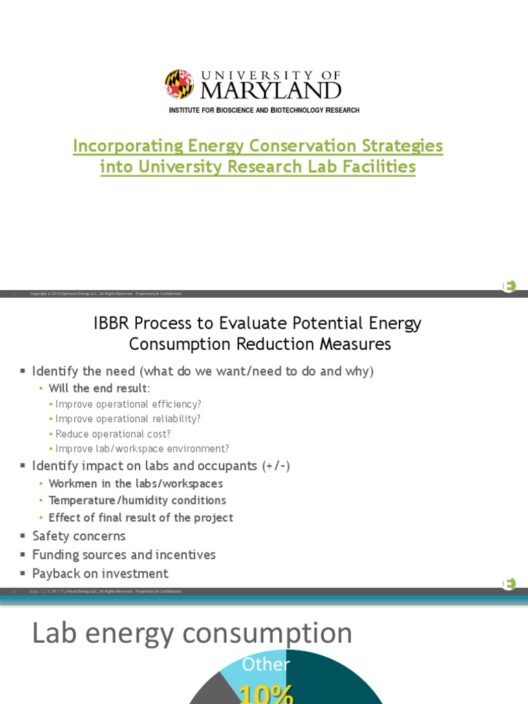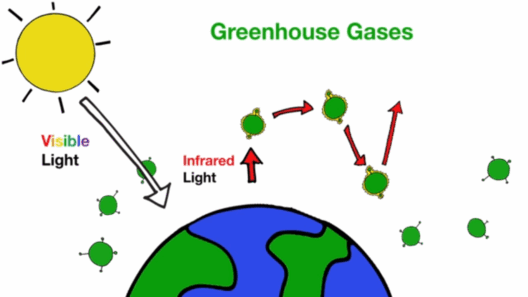Butterflies, with their vibrant colors and delicate wings, are often seen as symbols of beauty and metamorphosis in nature. However, the increasing impact of global warming poses a significant threat to these remarkable insects. How many of us stop to contemplate the integral roles butterflies play in our ecosystems? Beyond their aesthetic appeal, butterflies are crucial pollinators, contributing to the reproductive processes of numerous plant species. As climate change progresses, this charming creature faces insurmountable challenges that could have dire consequences for biodiversity and agriculture.
Global warming refers to the long-term rise in Earth’s average temperature due to increased concentrations of greenhouse gases such as carbon dioxide and methane. The consequences of this environmental crisis are manifold, affecting various species, including butterflies. These insects are not just a mere footnote in the climate change narrative; they serve as bioindicators, reflecting the broader health of ecosystems. Alarmingly, evidence suggests that butterfly populations are experiencing declines globally. The National Park Service in the United States has reported that many butterfly species are vulnerable or endangered, and climate change stands out as a primary culprit.
Extreme weather patterns, fluctuating temperatures, and habitat destruction all contribute to the precarious state of butterfly populations. For instance, monarch butterflies, known for their incredible migratory journeys, face challenges as shifts in climate disrupt their seasonal patterns. Changes in temperature can affect the availability of nectar and host plants required for their survival. If migration routes become inhospitable due to heat waves or droughts, butterflies may struggle to find food and reproduce. This phenomenon highlights a cascading effect — when one species is affected, it can create a domino effect throughout the entire ecosystem.
Moreover, the distribution of butterfly species is heavily influenced by temperature. As the climate warms, butterflies are beginning to alter their ranges, moving towards cooler areas, typically higher altitudes or latitudes. Such shifts are not without consequences. When butterflies move into new regions, they may encounter other species, potentially leading to competition and instability in established ecosystems. This raises a pertinent question: can we adapt our conservation strategies to mitigate these shifts, or will we watch passive observers as these ecological changes unfold?
In addition to the struggle for survival, butterflies face another insidious threat: habitat loss. Urbanization, agriculture, and deforestation have led to the degradation of the diverse habitats that butterflies depend on. Wetlands, meadows, and forests are increasingly fragmented, making it difficult for butterflies to access food sources or suitable breeding sites. To ensure the survival of these creatures, conservation efforts must focus on preserving and restoring their habitats while also considering the changing climate. How can communities take on the challenge of reconciling development with biodiversity conservation? This question presents both a challenge and an opportunity.
To tackle these issues effectively, engaging local communities is paramount. Educational initiatives can raise awareness about the importance of butterflies and their roles in local ecosystems. Additionally, promoting sustainable agricultural practices is crucial. Farmers can employ strategies like planting wildflowers that provide nectar for butterflies or establishing butterfly gardens that create essential habitats. By fostering a connection between people and nature, we can inspire individuals to take action. Citizens equipped with knowledge can advocate for policies that protect critical habitats and combat climate change. This collaboration could prove essential for the survival of both butterflies and countless other species at risk.
Scientific research plays a vital role in addressing the challenges posed by climate change to butterfly populations. Entomologists and ecologists are studying the specific impacts of temperature variations on different butterfly species. Their research sheds light on how adaptive behaviors — such as altered flight times or feeding habits — could determine a species’ resilience. Policies informed by scientific data will be better equipped to facilitate the conservation of butterflies, enabling interventions to be tailored to each species’ unique ecological requirements.
In conclusion, the butterfly crisis serves as a microcosm of the broader struggles facing our planet in the face of climate change. These remarkable insects, while resilient, find themselves in a pervasive conundrum shaped by human activity. The interplay of changing temperatures, habitat loss, and shifting ecosystems not only threatens butterflies but also endangers our plant life and, ultimately, food security. By raising awareness, fostering community engagement, and investing in research, society can take meaningful steps to mitigate these threats. The path forward requires a collective effort to ensure that these delicate beings can thrive for generations to come. Can we rise to this challenge and become stewards of our planet, preserving the dazzling butterflies that grace our skies?







